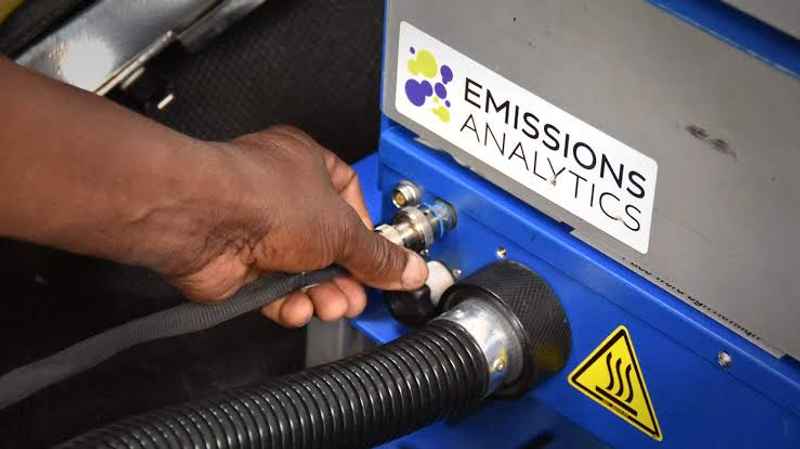UK Air Quality Expert Group -- Emissions Analytics have concluded from their studies that tyres are a major contributor to and arguably the biggest source of pollutant emissions from cars today in terms of non-exhaust sources.
Non-exhaust sources refer to dust and particulates that are emitted from our tyres constantly – and our brakes when we use them. This currently unregulated source of pollution contributes to particulates in the air, as well as microplastics in the ocean.
Emission analytics recently concluded that “non-exhaust emissions are recognized as a source of ambient concentrations of airborne particulate matter, even for vehicles with zero exhaust emissions of particles”.

The group theorized that, based on 1.5kgs of mass being lost per tyre over a 30,000-mile life, a car emits 200 milligrams of tyre particulate matter every kilometer. That essentially means that tyre emissions would be 22 times higher than the permitted levels in current exhaust gas regulations, which are 4.5mg/km.
Also Read: NGT asks CPCB to study waste tyre pollution by pyrolysis plants
In testing, the group was extra careful to avoid immeasurably low results in practice. Thus, low quality tyres, high speeds, intense cornering, high load in the car and a poor surface quality, were introduced into the testing circumstances to help produce a measurable result. However, as it turned out, they might have underestimated what tyres are capable of and the results were simply baffling – 5.8 grams per kilometer lost. That’s 29 times the hypothesized result, and more than 1,000-times the allowed particulate emissions from an exhaust pipe.
Yes, a lot of factors were introduced that weren't applicable in real life but there were also factors that were controlled well during the tests that definitely carry a significant impact in reality. The tyres were appropriately inflated, whereas many aren’t in the ‘real world’. Surface quality varies from good to bad. Speed limits are often broken and, of course, budget tyres are a commonplace cost-saving measure made by motorists, against expert recommendations.
The research will be quite tough for everyone to digest at a time when companies are increasingly focusing on reducing emissions from the exhaust pipe, there is another major source of pollutants that has been revealed by Emission Analytics. And, the most shocking part of it all -- the emissions by tyres are significantly larger and more dangerous than the "nano" sized soot that is emitted from the exhausts.
For reference, tailpipe emissions are described as ‘mostly below 100nm’. Regardless, even including larger chunks, the resulting pollution is both ground and watercourse-based microplastics (the larger bits) and fine particles that comprise air quality.
The conclusions are extremely worrying at a time when SUVs are become increasingly popular and sporting larger and aggressive all-terrain tyres. These all-terrain tyres are much softer than normal highway tyres and also come with increased rolling resistance and a higher coefficient of friction as compared to normal highway tyres. The preference for SUVs and the above characteristics that the SUV tyres sport are bound to increase overall tyre emissions across the world.
About Emission ANalytics UK: Emissions Analytics is the leading independent global testing and data specialist for the scientific measurement of real-world emissions and fuel efficiency for passenger and commercial vehicles and non-road mobile machinery.
Emissions Analytics seeks to bring transparency to a confused market sector. It publishes the EQUA Index of real world driving emissions, and works with clients around the world to establish accurate emissions measurement and data requirements.